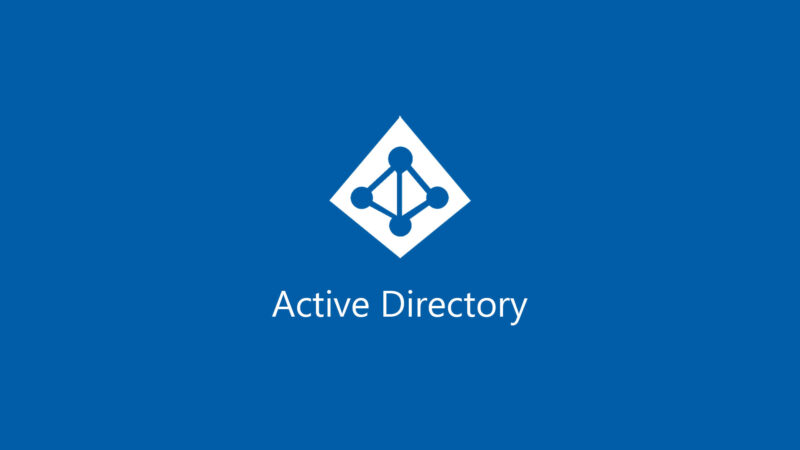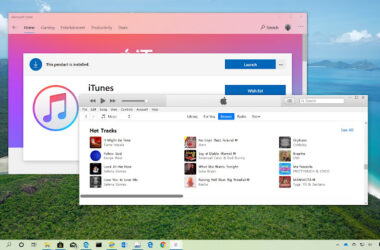In today’s fast-paced digital landscape, effective identity management is crucial for seamless operations across organizations. Active Directory, Microsoft’s flagship directory service, has long been a go-to solution for managing users, devices, and resources in Windows environments. However, as technology evolves and businesses diversify their infrastructure, the need for versatile and agile Active Directory alternatives has grown significantly.
Unveiling the Features and Limitations of Active Directory
Active Directory, a centralized database, offers an array of features such as user authentication, authorization, and group management. Its integration with Windows-based systems ensures efficient control over access to sensitive information. Moreover, its domain controller architecture enables seamless management of network resources.
However, Active Directory is not without limitations. Its compatibility is primarily tailored to Windows environments, posing challenges for businesses embracing heterogeneous platforms. Additionally, the setup and maintenance can be intricate, requiring expertise and time investment. As organizations expand, scalability issues may emerge, prompting the exploration of Active Directory alternative solutions.
The Need for Active Directory Alternatives
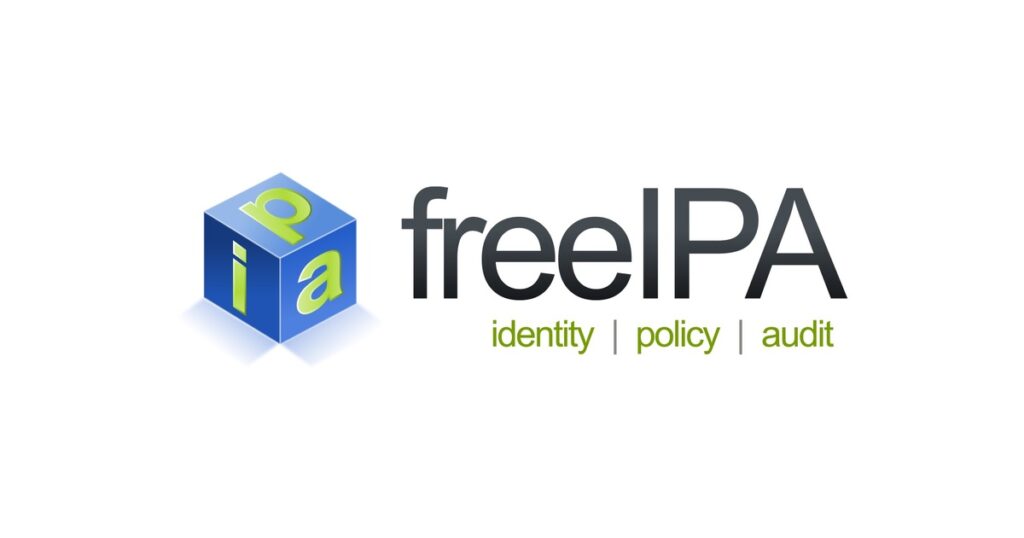
The evolution of technology and the changing demands of modern businesses have sparked the need for robust Active Directory alternatives. Several factors have contributed to this shift, including:
1. Heterogeneous Environments and Cross-Platform Compatibility
In today’s workplace, diverse operating systems and platforms coexist. Active Directory’s close integration with Windows makes it less suitable for organizations that rely on Linux, macOS, or other non-Windows systems. As organizations aim to create cohesive and efficient environments, they seek Active Directory alternatives that offer cross-platform compatibility. These alternatives ensure a seamless experience for users, regardless of the operating systems in use.
2. Cloud-Centric Approaches and Remote Workforce
The rise of cloud computing and the prevalence of remote work have reshaped the IT landscape. Organizations now require identity management solutions that not only function within the confines of an office network but also extend beyond physical boundaries. As teams collaborate from diverse locations, cloud-centric alternatives have gained traction. These Active Directory alternatives leverage cloud-based technologies, enabling efficient remote access, user provisioning, and management. By embracing the cloud, organizations enhance their agility and adaptability, aligning with the demands of modern work environments.
3. Agility and Scalability
In a dynamic business landscape, agility and scalability are paramount. Traditional Active Directory implementations may struggle to keep up with the evolving needs of organizations, especially as they experience growth. To address these challenges, organizations are turning to Active Directory alternatives that prioritize scalability. A scalable identity management solution ensures that as user bases expand and workloads increase, the system remains responsive and efficient. This scalability not only future-proofs the organization but also enhances overall productivity by minimizing system bottlenecks and slowdowns.
4. Security and Compliance Enhancements
With cyber threats becoming increasingly sophisticated, organizations are under constant pressure to bolster their security measures. Active Directory offers security features, but modern alternatives take this a step further. Many of these Active Directory alternatives provide enhanced security mechanisms, such as adaptive authentication and advanced access controls. Adaptive authentication evaluates risk factors and adjusts authentication requirements accordingly, adding an extra layer of protection. These alternatives also cater to compliance regulations, helping organizations ensure that their identity management practices adhere to industry standards and legal requirements.
Commonly Used Active Directory Alternatives For Modern Identity Management
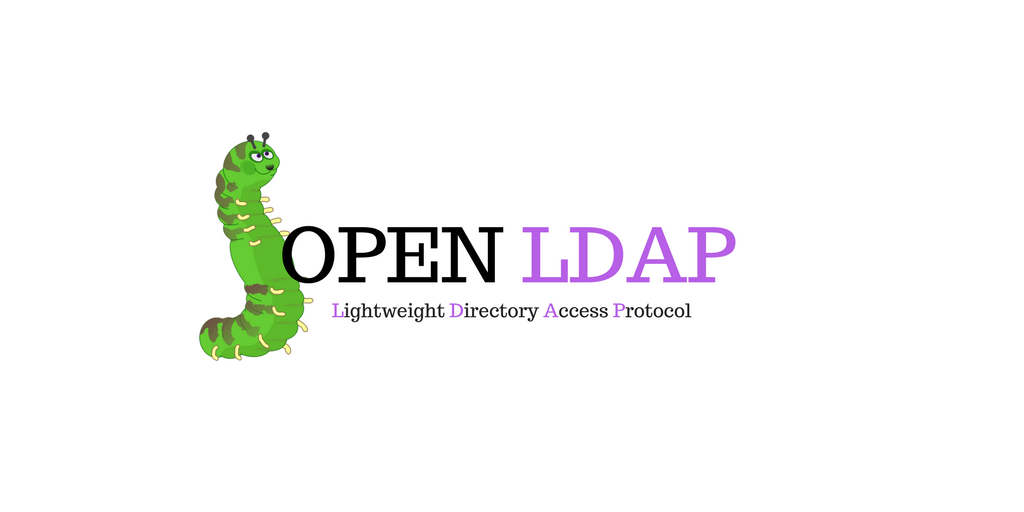
Now that we’ve explored the reasons for seeking Active Directory alternatives, let’s delve into some of the most sought-after solutions that cater to the modern identity management landscape:
1. OpenLDAP: Embracing Open Source Flexibility
OpenLDAP, an open-source implementation of the LDAP protocol, stands as a versatile option for organizations seeking flexibility. Its cross-platform support allows seamless integration into both Windows and non-Windows ecosystems. With a modular architecture, OpenLDAP accommodates customization, making it adaptable to specific business needs. Moreover, its active community ensures continuous development and support.
2. FreeIPA: Empowering Linux-Centric Environments
FreeIPA emerges as a potent choice for organizations heavily invested in Linux environments. This open-source solution combines LDAP, Kerberos, and DNS services to provide a comprehensive identity management platform. With Single Sign-On (SSO) capabilities and centralized administration, FreeIPA streamlines access control while bolstering security.
3. Samba: Bridging the Gap between Windows and Non-Windows Systems
Samba, renowned for its file and printer-sharing capabilities, also offers an Active Directory-compatible solution. It enables organizations to create domain controllers that cater to Windows and non-Windows systems alike. This bridges the gap between heterogeneous environments, ensuring smooth resource management and user authentication.
4. JumpCloud: Embracing the Cloud for Enhanced Agility
JumpCloud brings the power of cloud-based identity management to the table. It supports various operating systems and provides a centralized platform for user and device management. With a focus on efficiency, JumpCloud simplifies tasks like provisioning and de-provisioning users, ultimately enhancing productivity across the organization.
5. OpenDJ: Scalability and Reliability at the Forefront
OpenDJ is an open-source LDAP and Directory Services platform designed for scalability and high availability. Its robust replication capabilities ensure data consistency across distributed environments. The solution’s comprehensive features make it suitable for organizations with complex and expanding infrastructures.
6. 389 Directory Server: Secure and High-Performance Directory Services
For organizations prioritizing security and performance, the 389 Directory Server offers a compelling solution. With support for LDAP, LDAPS, and more, it ensures encrypted communications and secure access control. Its high-performance capabilities make it ideal for environments with demanding workloads.
7. OneLogin: Simplicity and Efficiency Combined
OneLogin offers a unified identity and access management solution with a user-friendly interface. It simplifies SSO, streamlines user provisioning, and enhances security through multi-factor authentication. With its cloud-based approach, OneLogin caters to organizations seeking a straightforward yet robust solution.
8. Okta: Elevating Identity Management with Adaptive Features
Okta’s identity management platform goes beyond traditional solutions by offering adaptive authentication. It assesses risk factors and adjusts authentication requirements accordingly. This proactive approach enhances security while providing a seamless user experience.
9. Ping Identity: Elevating Privileged Access Management
Ping Identity specializes in privileged access management and identity security. Its solutions focus on securing access to critical systems and resources, making it a top choice for organizations valuing granular control over user privileges.
10. Centrify: Securing Access in a Zero Trust Environment
Centrify adopts a zero-trust approach to security, ensuring that access is never taken for granted. Its solutions provide robust authentication, single sign-on, and least-privilege access control. This aligns with modern security paradigms and safeguards organizations against evolving threats.
11. NetIQ eDirectory: A Legacy Solution with Modern Capabilities
NetIQ eDirectory combines legacy experience with modern features. It offers comprehensive identity and access management capabilities, making it suitable for organizations seeking a balance between tradition and innovation.
12. Keycloak: Open-Source Identity and Access Management
Keycloak stands as a powerful open-source solution for identity and access management. With support for SSO, social logins, and integration with various authentication protocols, it empowers organizations to provide seamless access to their resources.
Factors To Consider While Choosing The Perfect Active Directory Alternative
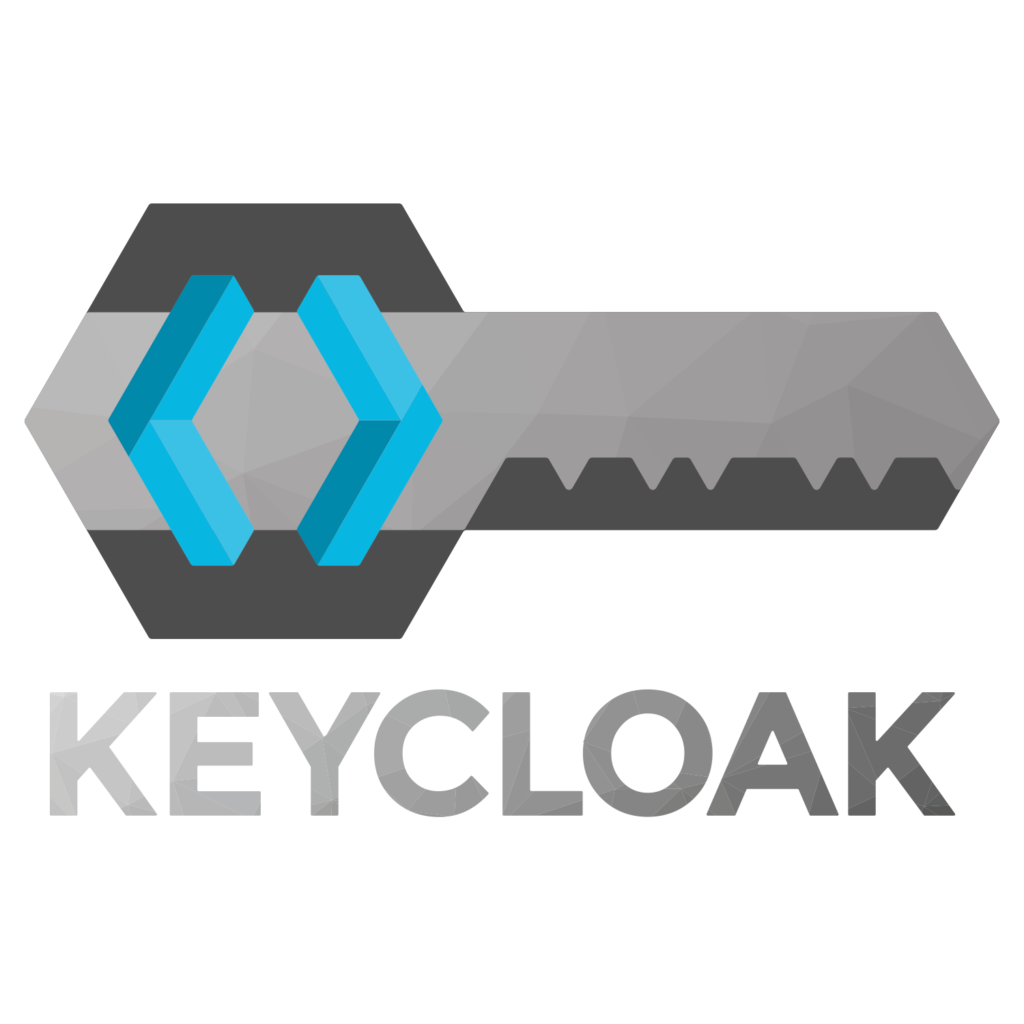
When evaluating Active Directory alternatives, several factors warrant consideration:
1. Compatibility and Integration
In the process of identifying the ideal Active Directory alternative, compatibility and integration stand as crucial considerations. The chosen solution should seamlessly integrate with your existing technology stack. Compatibility extends beyond operating systems to encompass applications, protocols, and services. A solution that effortlessly slots into your ecosystem ensures a smooth transition without disruptions.
2. Scalability and Performance
As organizations grow, their identity management needs to expand. Scalability ensures that the chosen alternative can accommodate increased user bases, growing workloads, and expanding infrastructure. The scalability should extend not only to user accounts but also to devices, applications, and resources. Robust performance under these heightened demands is essential for maintaining operational efficiency and user satisfaction.
3. Security Features
Security remains a paramount concern in today’s threat landscape. While Active Directory provides security features, alternatives offer diverse security mechanisms. Look for solutions that offer comprehensive encryption, multi-factor authentication (MFA), and access controls. The ability to enforce policies and monitor user activity enhances security posture. Moreover, solutions that align with modern security practices, such as zero-trust architecture, provide an added layer of protection.
4. Ease of Use and Administration
User adoption and efficient administration hinge on the user-friendliness of the chosen Active Directory alternative. An intuitive interface simplifies user onboarding, access provisioning, and management tasks. Administrative tools should empower IT teams to carry out tasks without unnecessary complexities. Solutions that prioritize usability contribute to quicker implementation, reduced training overhead, and streamlined ongoing management.
5. Flexibility for Future Needs
As technology evolves, so do the needs of your organization. A future-proof alternative should have the flexibility to adapt to changing requirements. Whether you’re expanding to new platforms, adopting emerging technologies, or catering to evolving compliance standards, the chosen solution should accommodate these shifts. Flexibility ensures that your investment remains relevant and effective in the face of change.
In Conclusion
As the digital landscape evolves, organizations are presented with a plethora of options when seeking Microsoft Active Directory alternatives. Each solution brings unique strengths to the table, catering to specific needs and preferences. From cloud-based platforms to open-source implementations, the right Active Directory alternative depends on factors such as compatibility, scalability, security, and usability. By carefully evaluating these aspects, organizations can confidently transition to a modern identity management solution that aligns with their goals and safeguards their digital assets.




